The Hoysaleshwara Temple in Halebidu, once the capital of the Hoysala dynasty in the 12th century, is a remarkable masterpiece of architecture and sculpture dedicated to Lord Shiva.
Unesco World Heritage Site
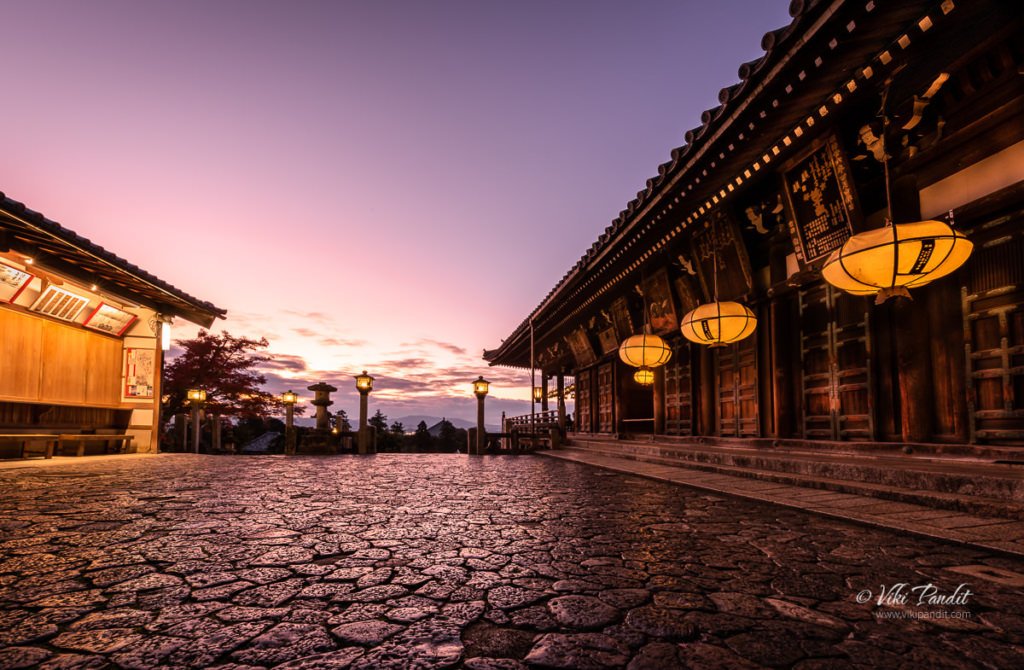
Sunset at Nigatsu-dō
Nigatsu-dō is one of the important structures of the Tōdai-ji temple in Nara. If you are here to know more about Nigatsu-dō, you already must be familiar with the Todai-ji temple, registered as a world heritage site, and one of the most revered Buddhist temples in all of Japan. I have visited Nara Park many […]
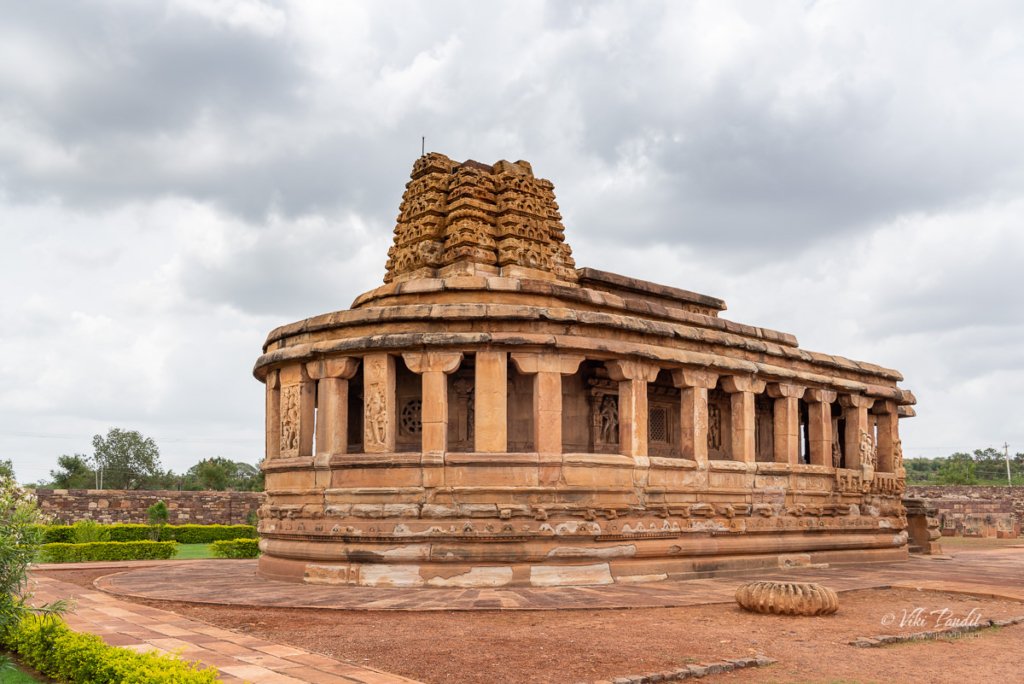
Group of Monuments at Aihole
Today we drive to Aiholi, said to be one of the first regional capital of the Karnakata region under the rule of the Calukyas. The town contains a large number of early Hindu temples and shrines including some outside the walled site that mostly date from the 6th to 8th century CE when the city was at its zenith of prosperity and power.
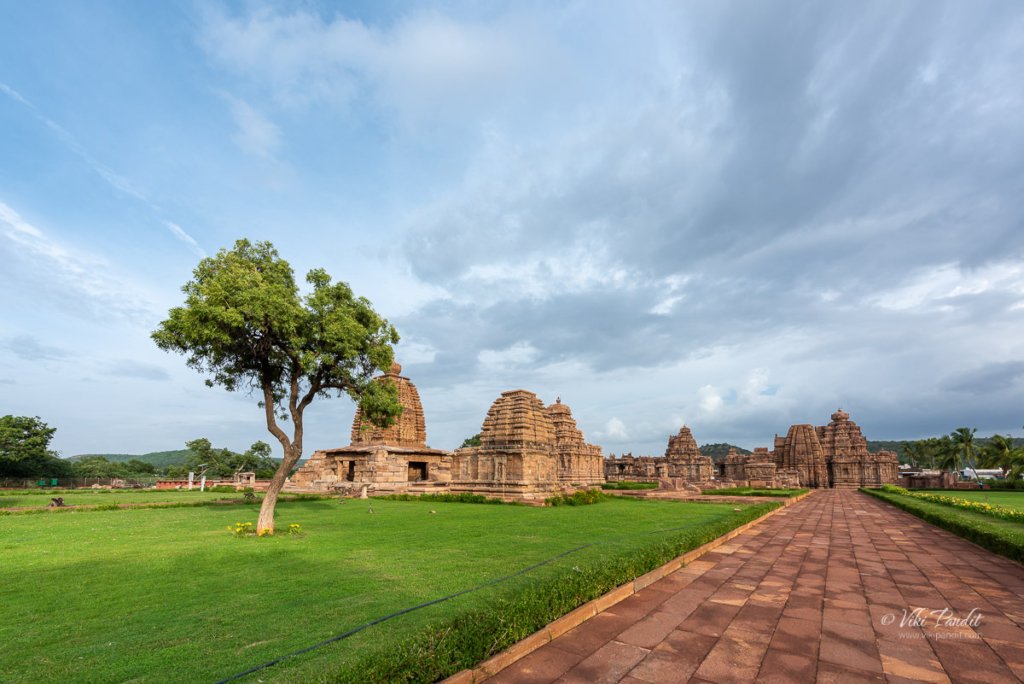
Group of Monuments at Pattadakal
Pattadakal, also called Paṭṭadakallu, is a collection of temples from 7th and 8th century CE Hindu and Jain temples in northern Karnataka. Declared as a UNESCO World Heritage site, it is a historically significant cultural center and religious site to witness the structural tastes during the times of the Chalukya dynasty.
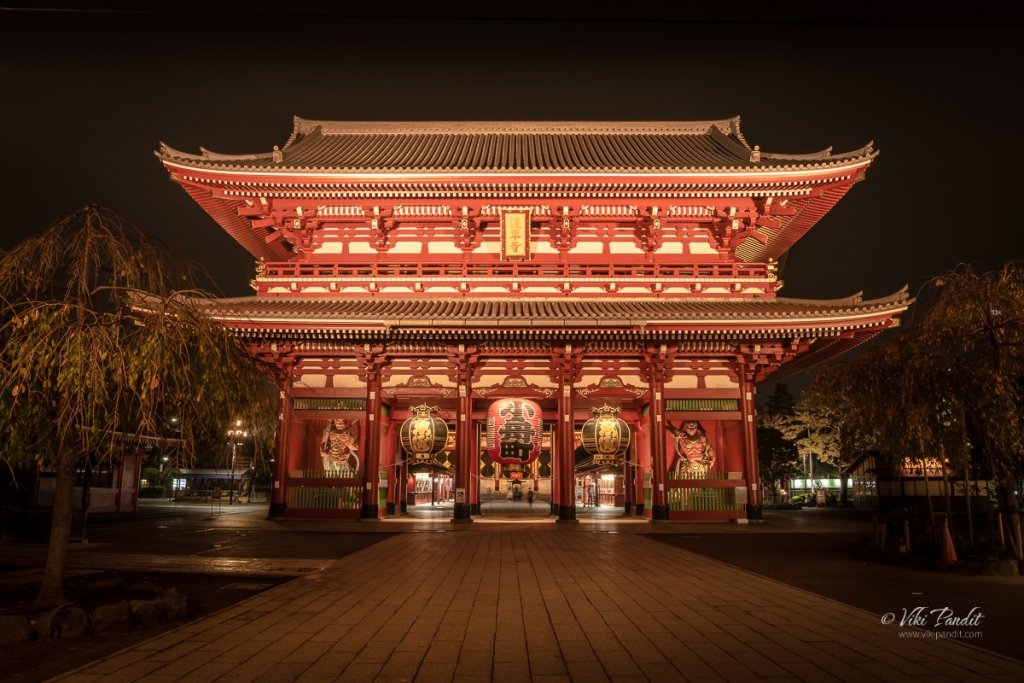
The great Senso-ji Temple
Sensō-ji is an ancient Buddhist temple located in Asakusa, Tokyo, Japan. It is Tokyo’s oldest temple, and one of its most significant, built to honor Kannon, the goddess of mercy.
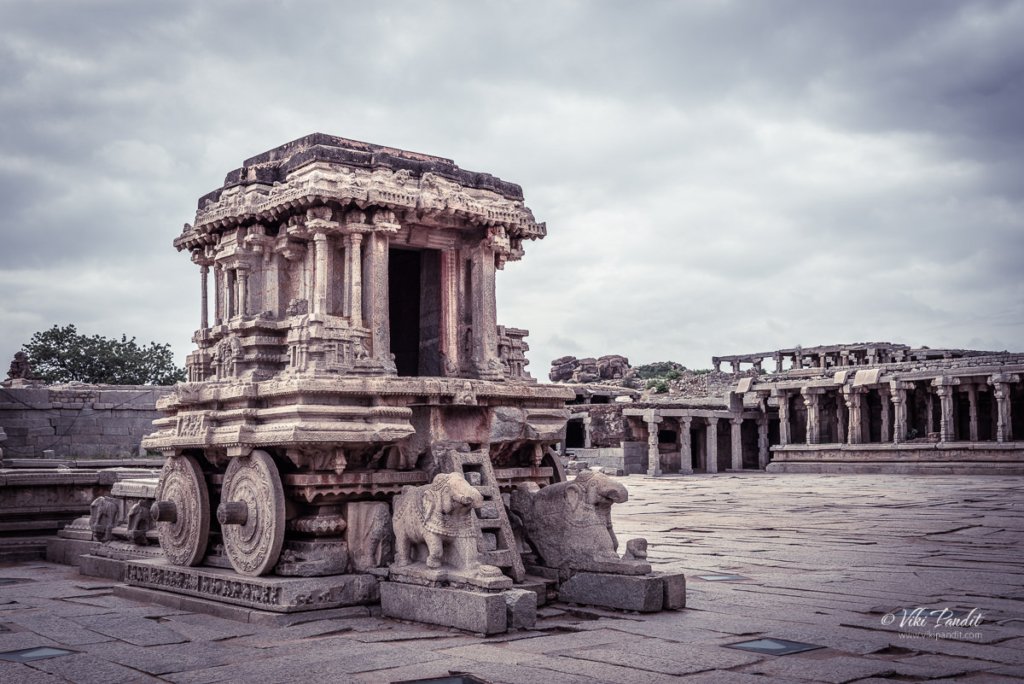
Photowalk to Vijaya Vittala Temple
A simple journal of my third visit to the heritage temple.

Monuments on Hemkuta Hill
Hemkuta hill with its gentle slopes offers a remarkable view of the sprawling ruins of Hampi. The hill contains many abandoned temples and boulder carvings scattered across along with two huge monolithic statues of Ganesha. It is also one of the best places to witness sunsets in Hampi.
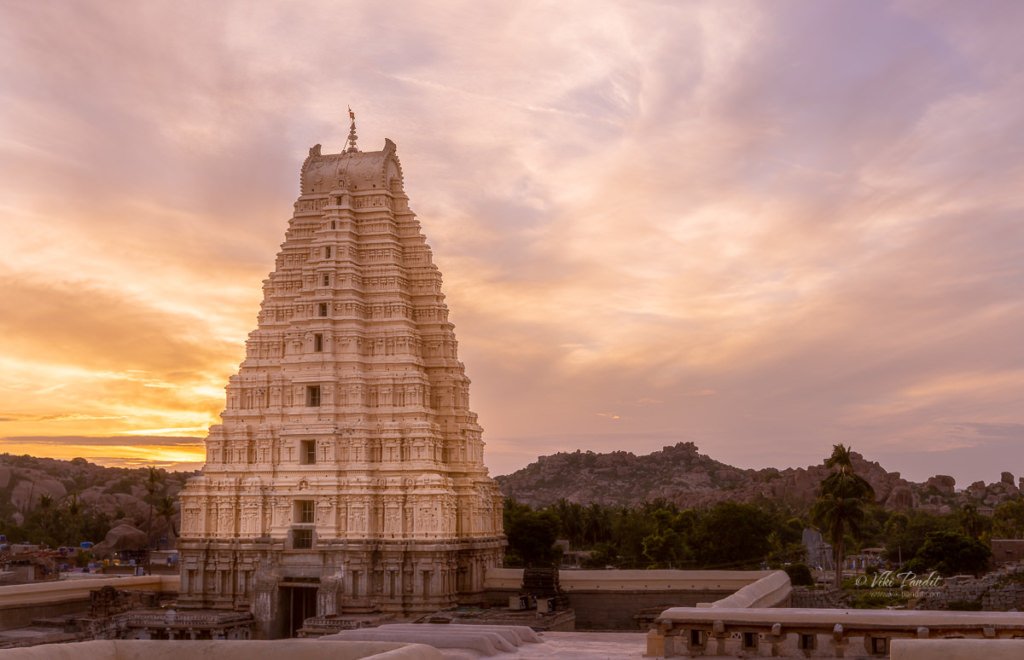
Shades of Virupaksha Temple
Virupaksha was the main center of pilgrimage at Hampi since the dawn of the 7th century. Since then this UNESCO World Heritage Site has been elaborated on by future rulers and especially Krishnadevaraya, the most famous kings of the Vijayanagara Empire, who commissioned the iconic nine-tiered gateway that we identify the temple with today.
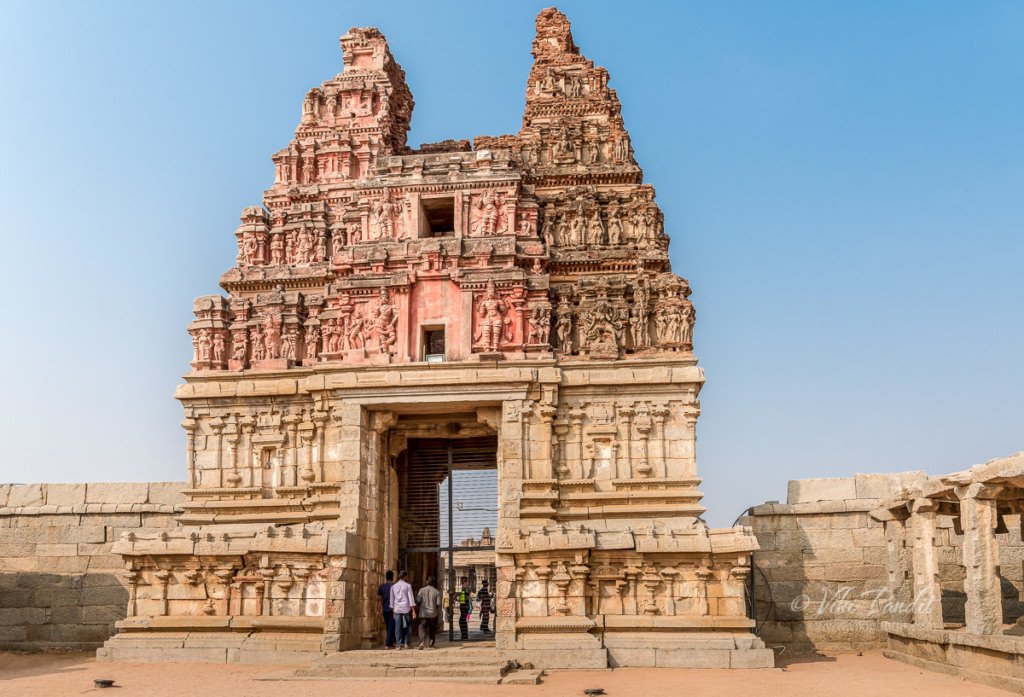
Heritage walk to Vittala Temple
Today I go on a heritage walk to the majestic Vittala Temple, dedicated to Vitthala, the South India name of Vishnu. Built around the 15th Century CE, and expanded several times by succeeding kings of the Vijaynagar empire with the most extravagant architecture and exceptional craftsmanship, the temple is the main attraction of Hampi.
